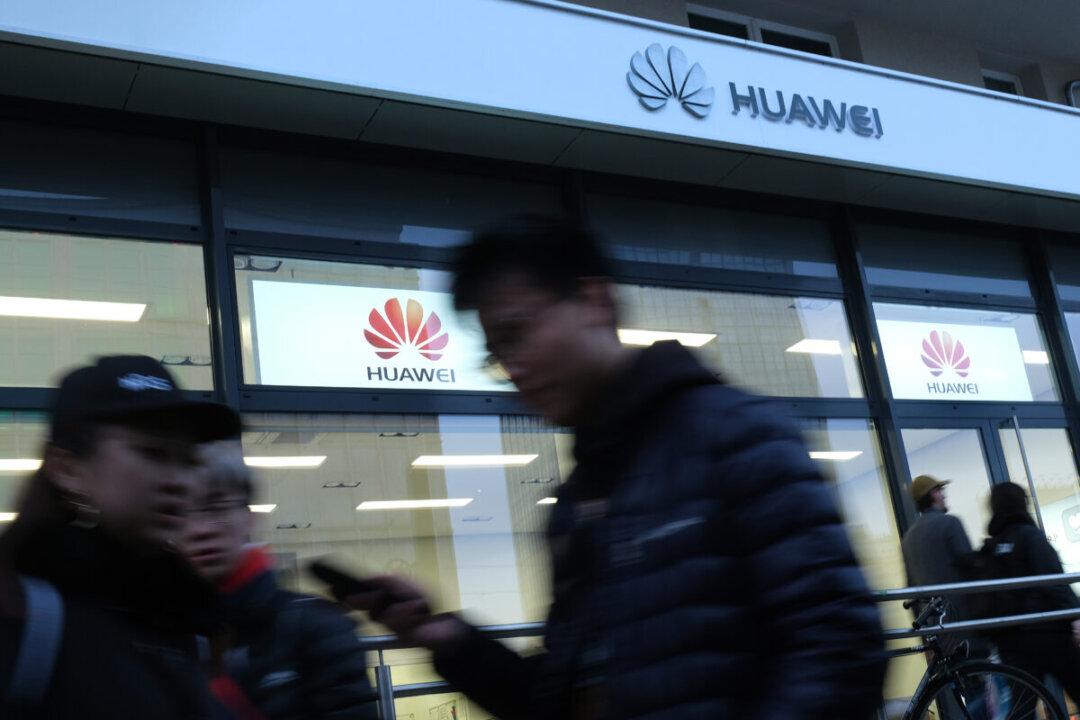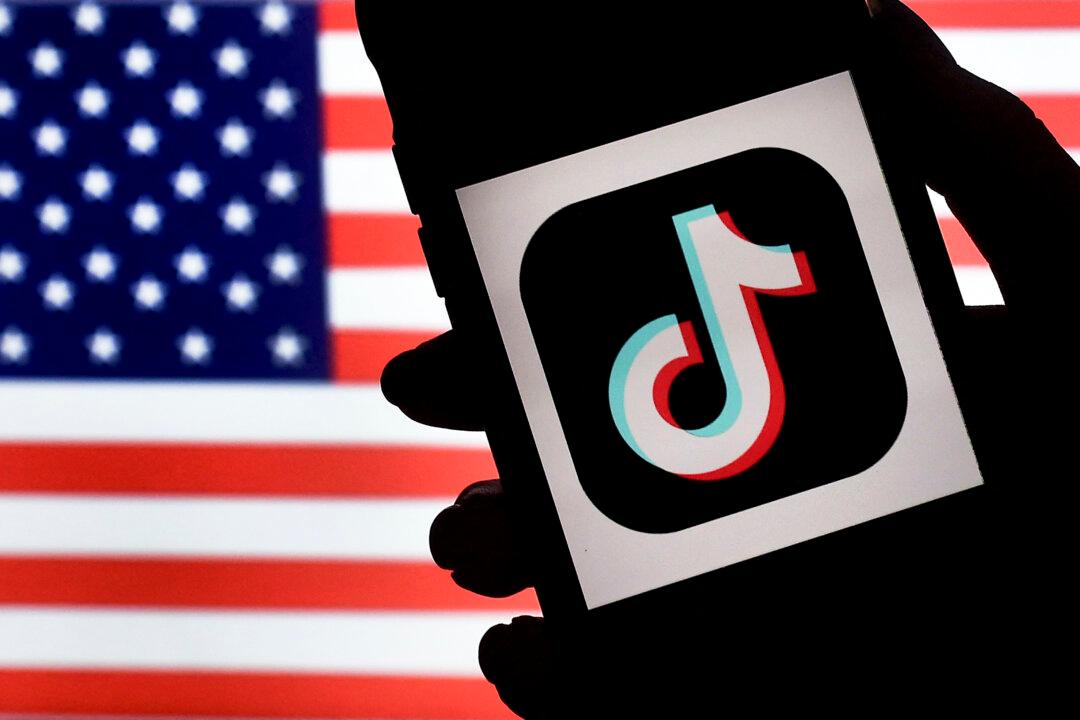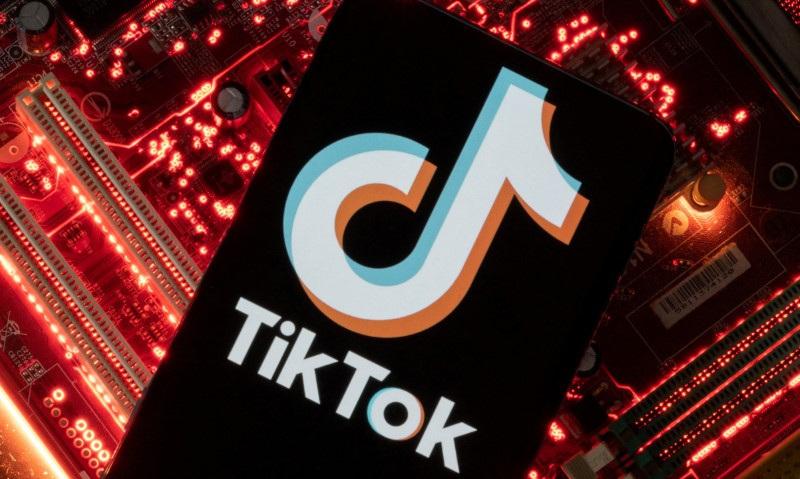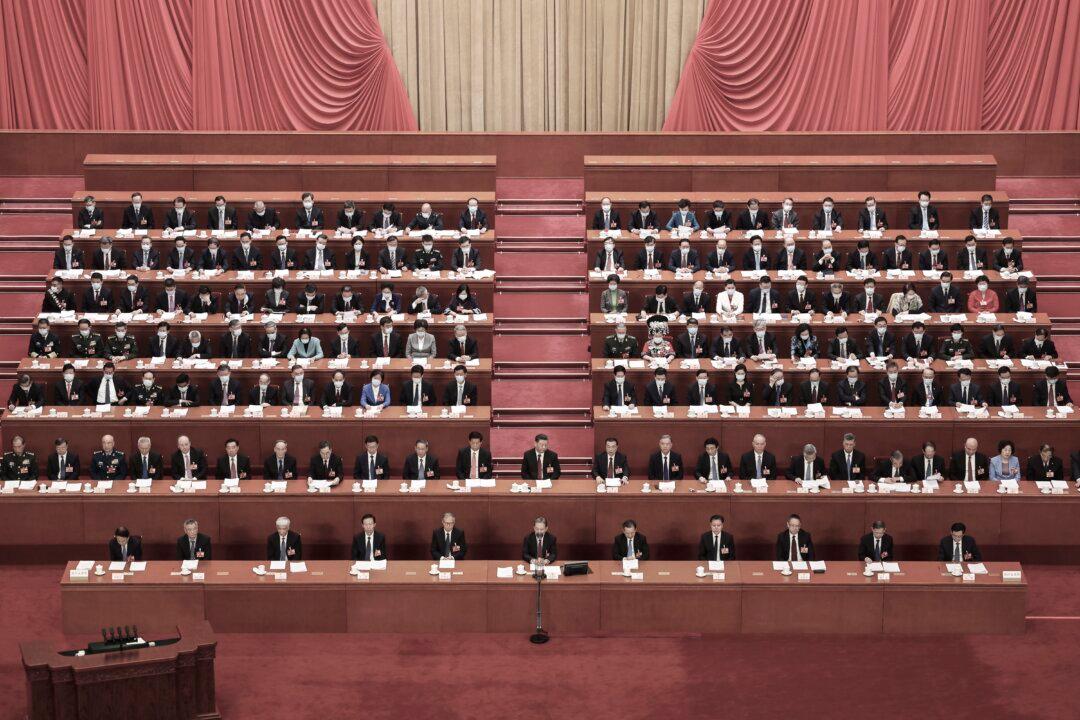News Analysis
Huawei, after being plagued by U.S. sanctions for two and a half years, has seen its chipmaker also in distress—not only has its high-end chip production has been halted, but also shipments of its mobile application processors (AP) have shrunk.




